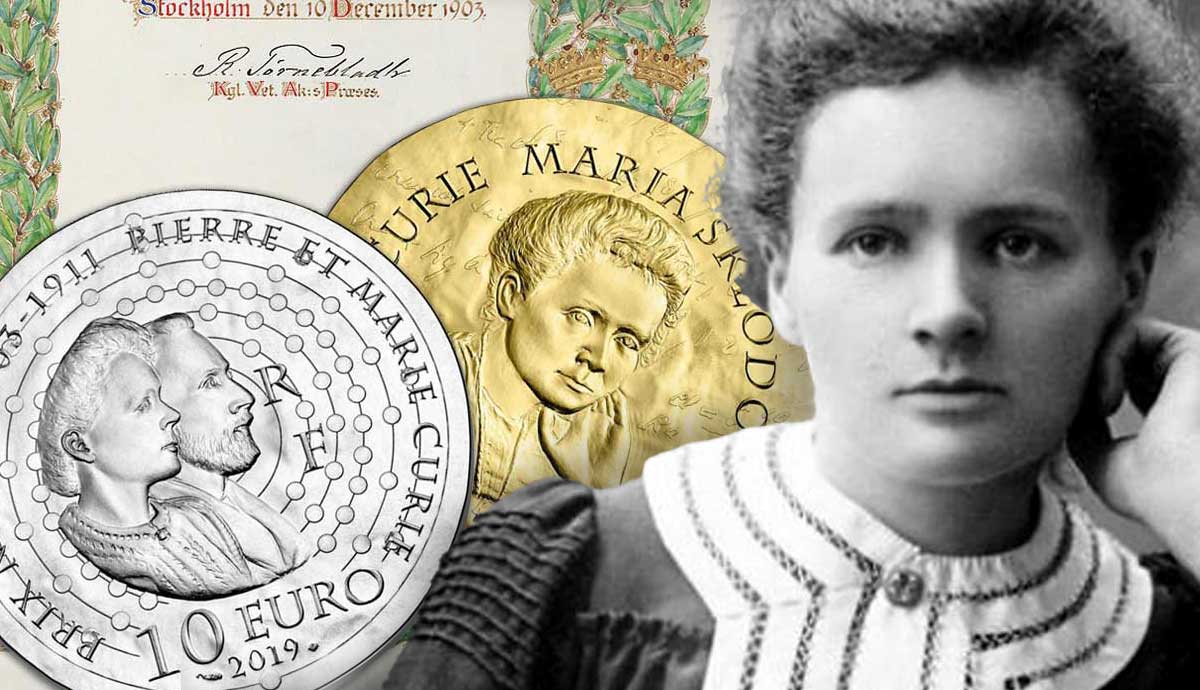The double Nobel Prize winning physicist and chemist Marie Curie made a significant contribution to the fields of scientific research. Among her many achievements are the discovery of radium and polonium, and ground-breaking treatments for cancer. Her pioneering medical work went on to save the lives of millions of people worldwide, and her legacy lives on through the Marie Curie charity, which provides invaluable nursing and hospice care for terminally ill patients. We celebrate the long legacy of this remarkable scientist with a series of key facts about her life and achievements.
Marie Curie Was Born in Warsaw, Poland
Marie Curie was born as Maria Sklodowska on 7 November 1867, the youngest of five children. Her parents were both school teachers who lived a simple, modest life. As a young woman Marie became a governess, a role which gave her the opportunity to read and study, as well as bringing an additional income into the family home.
She Studied in Paris
Marie Curie’s older sister had moved to Paris, and when Marie was old enough her sister offered her a place to stay in the City of Lights. In Paris, Marie gained entry to the Sorbonne University, where she studied physics and math. While she was a student Marie met the Parisian scientist Pierre Curie, and they got married in 1895. Following her marriage, she changed her name from Maria to the French Marie.
Marie Curie and Her Husband Discovered Polonium
Get the latest articles delivered to your inbox
Sign up to our Free Weekly Newsletter
In the years that followed Marie worked closely alongside her husband at the School of Chemistry and Physics in Paris. Together they made a series of ground-breaking discoveries. One of their key interests was the study of the invisible rays emanating from uranium, which had been discovered by Professor Henri Becquerel. He showed how these rays could pass through solid matter, and caused sparks of electricity. Through this field of research Marie uncovered the discovery of a new chemical element which they named polonium.
They Also Discovered Radium
While carrying out their research into polonium, the Curies discovered another, far more radioactive element which they called radium. While the research they carried out on the properties of radium was historically profound, they also subjected themselves to bouts of severe radiation sickness, unaware of how harmful the radioactive substances they were handling could be.
She Won a Nobel Prize with Her Husband in 1903
In 1903 the Curies were jointly awarded the Nobel Prize for Physics, for discovering new elements and the many properties of radioactivity. Marie Curie earned her doctorate thesis in Physics in the same year. Sadly, Curie’s husband Pierre was killed during a road accident. Ever the determined character, Curie continued their radical research alone, and went on to take his place as a professor at the Sorbonne.
Marie Curie Was Awarded a Second Nobel Prize in 1911
In 1911, Marie Curie earned another Nobel Prize, this time in chemistry, for her revolutionary discoveries in creating ways of studying radioactivity. She was the very first woman to be presented with the prestigious award. The Sorbonne subsequently established its own radium institute with two laboratories. In one, Marie Curie led a research team who studied radioactivity. In the other, scientists carried out cancer treatment research.
She Played a Significant Role in World War I
During World War I, Curie created small x-ray units called “Petite Curies” for examining injuries out in the field. She also became the director of the Red Cross Radiological Service, where she worked alongside her grown up daughter Irene at studying and treating soldier’s injuries. Amazingly, the model for the Petite Curies is not so different from the x-ray machines used by hospitals and research centers today.
A Hospital Was Named After Her in 1930
After the war Curie continued to carry out her pioneering scientific research, scooping up a series of awards and honorary degrees, and earning a widespread reputation as a world-leading scientist. In 1930, the Marie Curie Hospital in London was named after her. Staffed entirely by women, the hospital led the treatment of female cancers using radiology. Sadly, the hospital was destroyed in 1944 by a bomb during World War II. Later the hospital was re-established as the Marie Curie charity that continues its vital support for people suffering with cancer and other forms of terminal illness in the UK.
